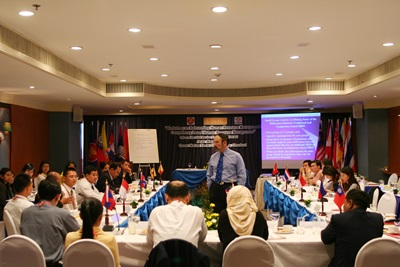ATD Blog
Encouraging Participation in Cross-Cultural Training
Thu Aug 01 2013
Encouraging Participation in Cross-Cultural Training
By
William J. Rothwell, Ph.D., SPHR, CPLP Fellow
Someone recently asked me what was unique about presenting training in settings outside the USA. My response was that it is sometimes difficult getting participation among participants --particularly in the Asia-Pacific region. Participants do not naturally, or eagerly, raise their hands. That can complicate matters to make training truly experiential and participative. While that attitude is changing among younger generation workers and those who work with multinational companies, it can be a special challenge when dealing with older workers or those who work for local companies.

Why does it happen? There are probably two reasons that account for this behavior. First, in Asia people worry about their English language skills. They are naturally concerned that they will appear foolish by answering questions in training in not-so-perfect English. Additionally, there is a cultural inhibition against answering questions that stems from an educational system that does not encourage questions and answers in schools.
What can be done about the problem? While there is no silver bullet to solve the problem that will unfailingly work with all groups and all locations, there are some tactics that are sometimes useful. First, begin the training by telling people that if they do not participate, your rule is to call on people. That establishes the expectation. Second, divide people into groups and then ask for one volunteer to speak. Normally at least one person in a group possesses sufficient English skills—and self-confidence in those skills—to speak. Third, give rewards for those who speak. Small gifts—such as fruit or candy—will suffice.
As more organizations conduct training using experiential learning methods, the problems with participation may eventually diminish in time. But, for now, it may be necessary to use special methods to encourage participation.
Stay tuned for the next installment in this engaging series on Cross-Cultural Training, brought to you by international thought leader Dr. William Rothwell.
